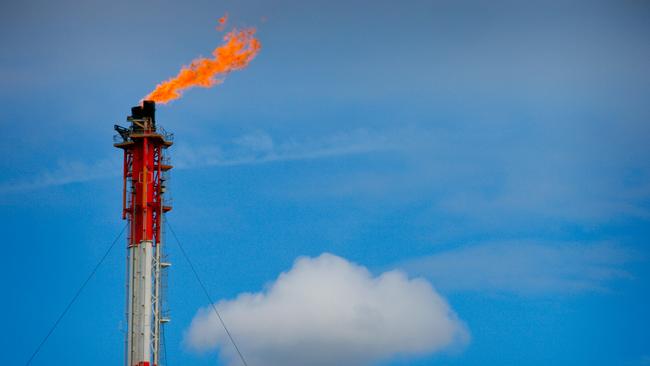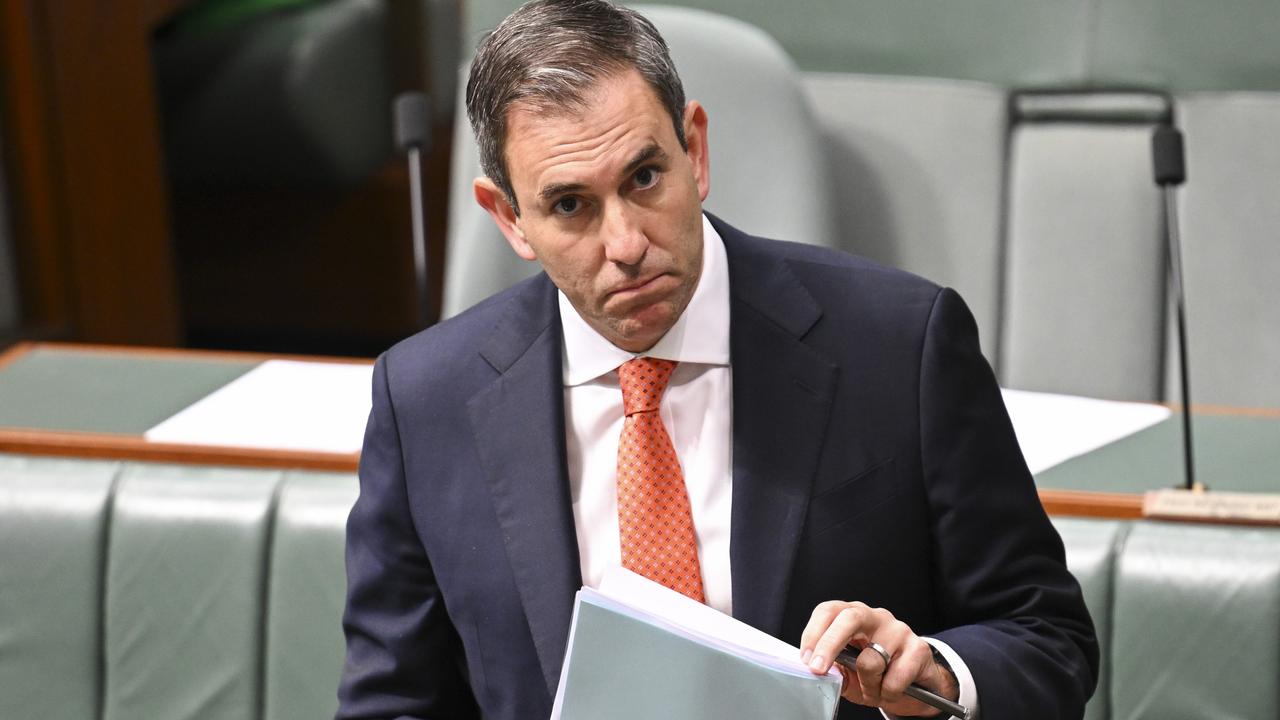Gas shortfall expected to hit east coast ’in 2027’
The competition watchdog is forecasting gas shortfalls from 2027, calling for new supply to brought online and suggesting LNG import terminals as a possible stopgap measure.

The competition watchdog has brought forward its prediction of gas shortfalls on the east coast market from 2028 to 2027, called for the “urgent” development of new sources of supply and suggested the use of LNG import terminals as a stopgap measure.
In its June 2024 gas inquiry interim report being released on Friday, the Australian Competition and Consumer Commission concludes shortages on the east coast market will emerge by 2027 “unless new sources of supply are made available”.
“This is earlier than our last forecast (in December 2023) of a possible shortfall from 2028, reflecting lower forecast supply due to delays in anticipated regulatory approvals for new projects and problems with legacy gas fields,” it said.
“Import terminals may also help to address supply gaps, although their viability is subject to international prices for LNG and the terminals securing foundation customers.”
The use of import terminals would “not obviate development of domestic sources of supply”, with the ACCC warning there was an “urgent need to develop new sources of gas production and supply”.
The extension to the life of the Eraring coal-fired power station had deferred the prospect of a gas shortfall on the east coast until 2027, but had “not altered the fundamental trajectory of supply, which is projected to decline”,
The warning of a gas shortfall comes after a “threat notice” was issued last month by the Australian Energy Market Operator warning that supply in the east coast system “may be inadequate to meet demand” until the end of September.
Jim Chalmers seized on the ACCC’s reassurance that there would be “sufficient supply to meet demand for gas in the east coast in 2024 to 2026” – arguing that the government’s market intervention to deliver “more gas at more reasonable prices” had made a critical difference.

However, the ACCC report says there appears to be “continuing uncertainty in the market” following volatility in 2022 and the introduction of the Gas Market Code in July 2023 prohibiting producers from supplying gas above a “reasonable price” – initially set at $12/GJ. It says it is too early to make a judgment on the code’s impact on prices, given the report only covers the period up to January 2024 – four months into the code’s full operation which started in September.
But the ACCC did find there were only “relatively low volumes (of gas) being contracted through long-term gas supply agreements and fewer offers to market than in past years”.
“There has been a shift to short-term gas transactions in the domestic market, which is of concern to users as they value longer-term certainty of supply,” it said. “Some commercial and industrial users and intermediaries have raised concerns about availability.”
The ACCC said that near-term supply shortfalls could be reduced by bringing forward supply, but this would depend on exemptions to the code’s pricing rules being granted to producers.
In addition, producers would have to jump through further hurdles including the need to obtain “regulatory approvals and making final investment decisions”.
“Suppliers that have been granted a conditional ministerial exemption have identified volumes of potential gas supply that could be made available to the domestic market,” the ACCC said. “This supply, if it comes online, will help to reduce the risk of shortfalls in the medium to longer term.”
But the additional gas supplied to the east coast market under the ministerial exemptions was “not expected to come online until 2026 at the earliest.”
Responding to the report, the Treasurer said Australians were under the pump and “that’s why we’ve taken decisive action to take the sting out of energy and gas prices.” “Gas will play a crucial role in the energy and net-zero transformation and our policies will help to ensure there’s sufficient domestic supply at reasonable prices,” Dr Chalmers said.
The government has pointed to the ACCC’s estimate of a supply-demand surplus of 69-110 PJ in the east coast gas market for 2025 – “depending on whether the LNG producers export all their uncontracted gas”. In 2026, the projected surplus declines to 54-98 PJ.
The report found that average prices under agreements for 2024 supply decreased between August to December 2023 compared to the preceding six months to $12.63/GJ for producers, (a 26 per cent decrease), and $17.27/GJ for retailers, (a 10 per cent decrease).
Resources Minister Madeleine King said the hard work of the government to ensure homes and business had enough gas was “making a real difference”.
“Our reforms are working to secure more supply for the domestic market while putting downward pressure on energy prices,” she said. “Gas has an important role to play in our transition to net zero. The Future Gas Strategy makes clear that we will need gas for some time yet to support renewable energy.”



